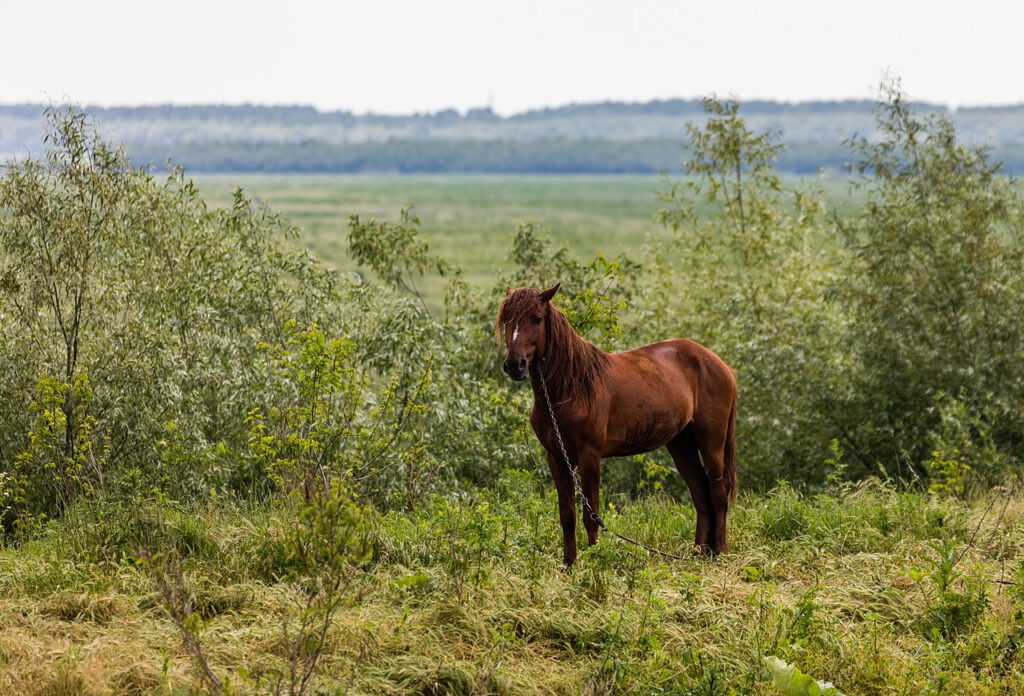The Danubian horse
Docile, sturdy, strong, resistant, and active. The numbers of this breed are very small: in the early 2000s, there were around 300 Danubian horses in circulation, and a 2017 study found that only 450 horses were still present in Bulgaria, the breed’s favorite country. The low numbers, even though the breed is not designated as endangered by the Bulgarian authorities, have contributed to the launch of a conservation program. As far as reproduction is concerned, the optimum age is around the third year.

Caractère et aptitudes du cheval
This saddle horse was born in Bulgaria at the end of the 19th and beginning of the 20th centuries, from the crossing of Hungarian Nonius stallions with Arabian Gidran mares.
Utilisations du cheval
It was initially used as a light draught horse. Mares crossed with Thoroughbreds make excellent jumpers and saddle horses, although the majority of its use is still in farming.
This horse is considered a rare breed, i.e., due to the small number of Danubian horses, the species is given this classification. However, this status is not clear-cut, and the way in which rare breeds are managed and protected depends on the policies of local authorities. For this reason, there is little way of verifying the concrete means used to protect the Danube horse.
Morphologie du cheval
Well-shaped head. Straight profile. Open nostrils. Ears of medium length. Rather small eyes. Compact, cob-type body. Neck of medium length, robust. Raised withers. Shoulder rather sloping. Deep chest. Powerful, slightly sloping croup. Thin but solid limbs. Cannons, short pasterns. Well-shaped hoof. Tail set high. Coat: generally chestnut, black. Height: approx. 1.55 m.


